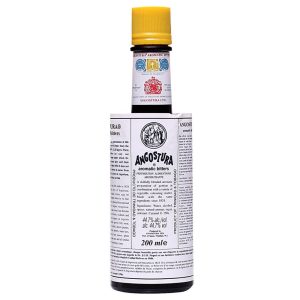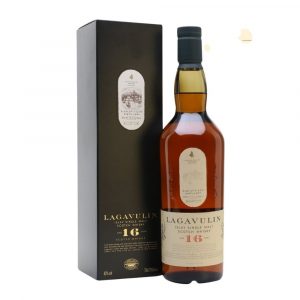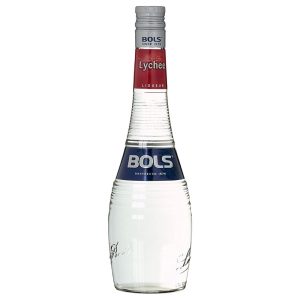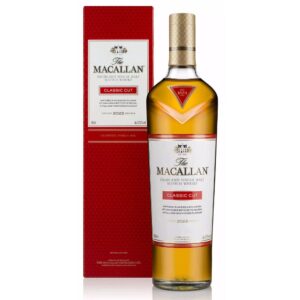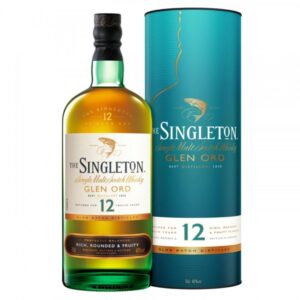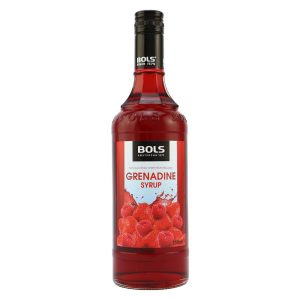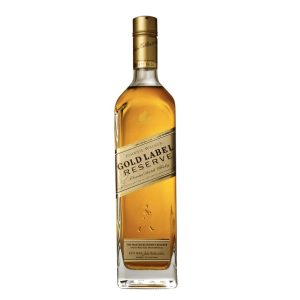Malaysia’s relationship with alcoholic beverages is as diverse and unique as its culture. With a rich history influenced by indigenous traditions, colonialism, and global trade, the Malaysian alcohol landscape has evolved over the centuries to include everything from traditional toddy to premium wines and craft cocktails. This article delves into the origins and evolution of alcoholic drinks in Malaysia, from ancient brews to the growing modern market for fine wines.
Ancient Beginnings: The Origins of Alcohol in Malaysia
The story of alcohol in Malaysia begins with indigenous practices and age-old traditions. Before modern alcoholic beverages entered the Malaysian market, locals in different regions fermented palm sap to create a drink known as toddy. Originating from the coconut or palmyra palm, toddy is a naturally fermented, mildly alcoholic drink commonly consumed by the indigenous communities of Malaysia.
Toddy production involved collecting palm sap from a tree’s flowers, which then underwent natural fermentation. This drink, low in alcohol, was enjoyed socially and sometimes used for medicinal purposes. Today, toddy is still available in some regions, especially in rural areas, where it is brewed and enjoyed as a traditional drink.
Colonial Influence: The Introduction of New Alcoholic Beverages
Colonialism in Malaysia brought about significant changes in local culture, including the introduction of new alcoholic beverages. During the 16th and 17th centuries, Portuguese, Dutch, and British traders and settlers introduced beer, rum, and whisky to Malaysia, which quickly became popular among expatriates and the upper class.
The British, in particular, had a lasting impact on Malaysian drinking habits. Gin and tonic became a preferred drink among the British colonists, as it was believed to ward off malaria. Additionally, pubs and taverns were established in port cities like Penang and Malacca, serving beer, gin, and whisky to the expatriate community and locals alike.

Chinese Influence: Rice Wine and Traditional Chinese Spirits
Alongside colonial influence, Chinese immigrants also introduced their own alcoholic drinks to Malaysia, particularly rice wine and Chinese spirits. Rice wine, a fermented beverage made from rice, became popular in Chinese communities and was used in cultural rituals and celebrations. Known as samsu in Malaysia, this traditional drink is still widely used in Chinese cooking and festivals.
Chinese sorghum-based spirits like baijiu also found their way into the Malaysian market, contributing to the diversity of alcoholic beverages available in the country. These spirits have retained their cultural significance and are often enjoyed during celebrations and family gatherings.
Post-Independence Era: Rise of Beer and Local Breweries
After Malaysia gained independence in 1957, the country saw rapid economic growth and modernization. This transformation influenced the alcoholic beverage industry, as Malaysians embraced new styles of drinks and began experimenting with international flavors.
During this time, beer emerged as one of the most popular alcoholic beverages in Malaysia. Recognizing the demand, several local breweries were established, most notably Carlsberg Malaysia and Guinness Anchor Berhad (GAB), which produced a variety of beers catering to the Malaysian market. Today, beer remains one of the most widely consumed alcoholic beverages in Malaysia, particularly among the younger generation.
Globalization: The Entry of Fine Wines and International Spirits
With the rise of globalization in the 1980s and 1990s, Malaysia began to see an influx of international spirits and wines. The increasing exposure to global culture and lifestyle trends led to a growing appreciation for wine, whisky, and other premium alcoholic beverages. The establishment of duty-free zones in places like Langkawi further facilitated access to imported alcohol, making it more affordable and accessible for Malaysians.
As interest in wine grew, wine bars and specialized wine stores began to open in major cities like Kuala Lumpur and Penang. Malaysians became more educated about wine varieties, regions, and food pairings, fueling demand for premium wines. Today, wine culture is thriving, with more Malaysians exploring everything from budget-friendly labels to high-end vintages.
Craft Spirits and Cocktails: The New Wave of Malaysian Mixology
In recent years, Malaysia has witnessed the rise of a vibrant craft cocktail and spirit scene. This trend is driven by local bartenders and mixologists who bring creativity and innovation to the Malaysian beverage industry. The speakeasy bar concept has become particularly popular in Kuala Lumpur, where hidden bars offer artisanal cocktails crafted with Malaysian ingredients.
Local distilleries are also beginning to produce craft spirits such as gin, which is infused with native botanicals, including pandan leaves, lemongrass, and ginger flower. This movement has sparked an appreciation for unique flavors that reflect Malaysia’s natural landscape and culture.
Alcohol Regulations and Cultural Considerations
Malaysia’s alcohol laws are shaped by the country’s multicultural identity and religious considerations. As a predominantly Muslim nation, Malaysia has strict regulations surrounding the sale and consumption of alcohol, particularly in states with larger Muslim populations. However, non-Muslim communities are permitted to consume alcohol, and there are specific guidelines for where and when alcohol can be sold.
The government also imposes significant taxes on alcohol, making imported spirits and wines relatively expensive. Despite these regulations, the demand for alcoholic beverages remains strong among non-Muslim Malaysians and tourists.
Modern Trends: Low-Alcohol and Non-Alcoholic Alternatives
In line with global trends, low-alcohol and non-alcoholic beverages are gaining popularity in Malaysia. Younger consumers are increasingly mindful of health and wellness, and this has led to a demand for mocktails, low-alcohol beers, and non-alcoholic wines. This shift reflects a broader trend toward moderation and healthier lifestyle choices among Malaysians.
Non-alcoholic bars and zero-proof cocktails are also emerging in the Malaysian nightlife scene, offering options for those who wish to socialize without consuming alcohol. This trend is expected to continue growing as consumers seek more variety and flexibility in their beverage choices.
Future of the Alcoholic Beverage Industry in Malaysia
Looking ahead, the Malaysian alcoholic beverage industry is set for continued growth and diversification. The rise of e-commerce has made it easier for consumers to purchase alcohol online, and delivery services are expected to boost alcohol sales in the coming years.
As Malaysians become more discerning about their alcoholic beverages, there is likely to be a stronger emphasis on premium and unique offerings, including boutique wines, single-malt whiskies, and craft spirits. Additionally, the rise of experiential trends such as wine tastings, distillery tours, and cocktail-making classes points to a growing appreciation for the craft behind these drinks.
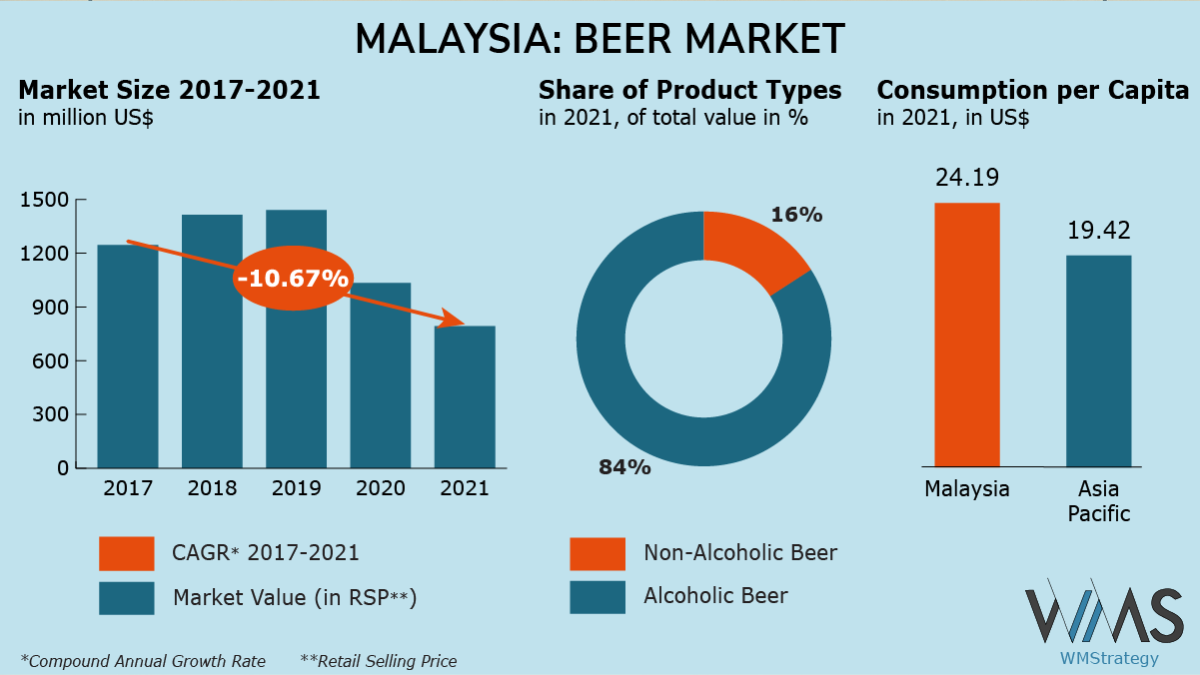
Key Takeaways: Malaysia’s Unique Alcohol Journey
The journey of alcoholic drinks in Malaysia—from traditional toddy to fine wines and premium spirits—reflects the country’s diverse cultural heritage and openness to global influences. Despite regulatory challenges, the industry continues to evolve, with new trends and preferences shaping the Malaysian alcohol market.
Whether it’s a traditional toddy in a rural village, a cold beer at a beachside bar, or a glass of fine wine in an upscale Kuala Lumpur restaurant, the way Malaysians enjoy alcohol today is a testament to the country’s rich history and dynamic spirit.
Conclusion
Malaysia’s history with alcoholic drinks is as complex and varied as the country itself. From traditional toddy to high-end wines and innovative craft cocktails, Malaysia’s alcohol industry has evolved, shaped by cultural influences, globalization, and modern trends. As Malaysians embrace both tradition and innovation, the future of the Malaysian alcohol landscape looks promising, with exciting possibilities for consumers and businesses alike.


